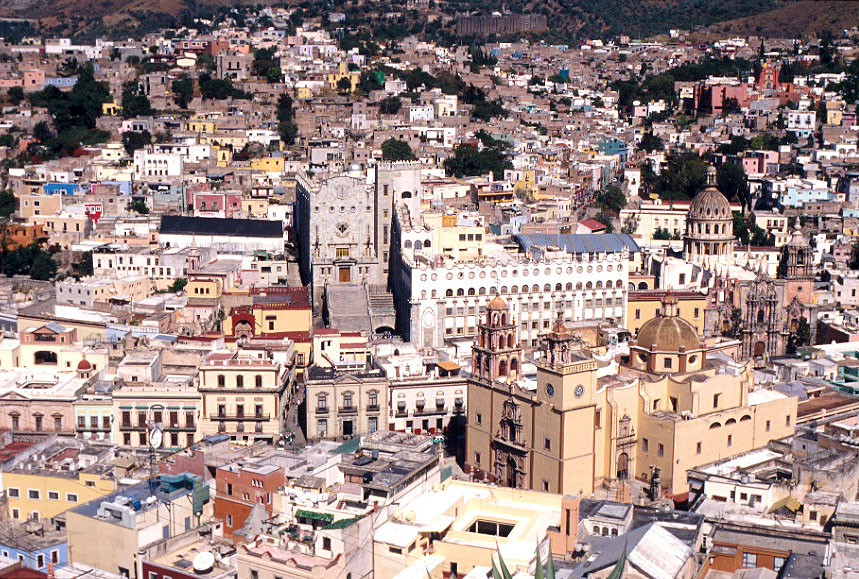city not the only form


The classical city has thousands of years of history to testify to how economic and cultural creativity grow from spatial propinquity. But the new kinds of relationship make it necessary to ask whether it is possible "to accommodate the social and political advantages of spatial agglomeration within a far-reaching decentralization of urban settlement patterns." (Grabow 1977, 123) If we are thinking about cities in comparison to sprawl, we have to wonder about the possibility of replacing the spatially dense city by a networked communication- and transport-dense spread. There are many versions of this idea, envisioning networked rural living teleworkers, or linked small towns and neighborhoods, or a scattered sprawl of industrial or research regions.
The kind of dense and proximate urbanity that classic cities sometimes achieved has now become only one form of life within larger flows that the city no longer dominates. The city is no longer the center or seed or the only goal. Before, it was only in the city that one touched directly on larger flows of resources, and lived within wider horizons. Now resources and culture come together in many places, often in temporary relations that connect more widely than to a few major centers. The new arrangements can be less spatially dense because flows can be brought to bear from many directions as needed.
(c) David Kolb, 1 August 2001